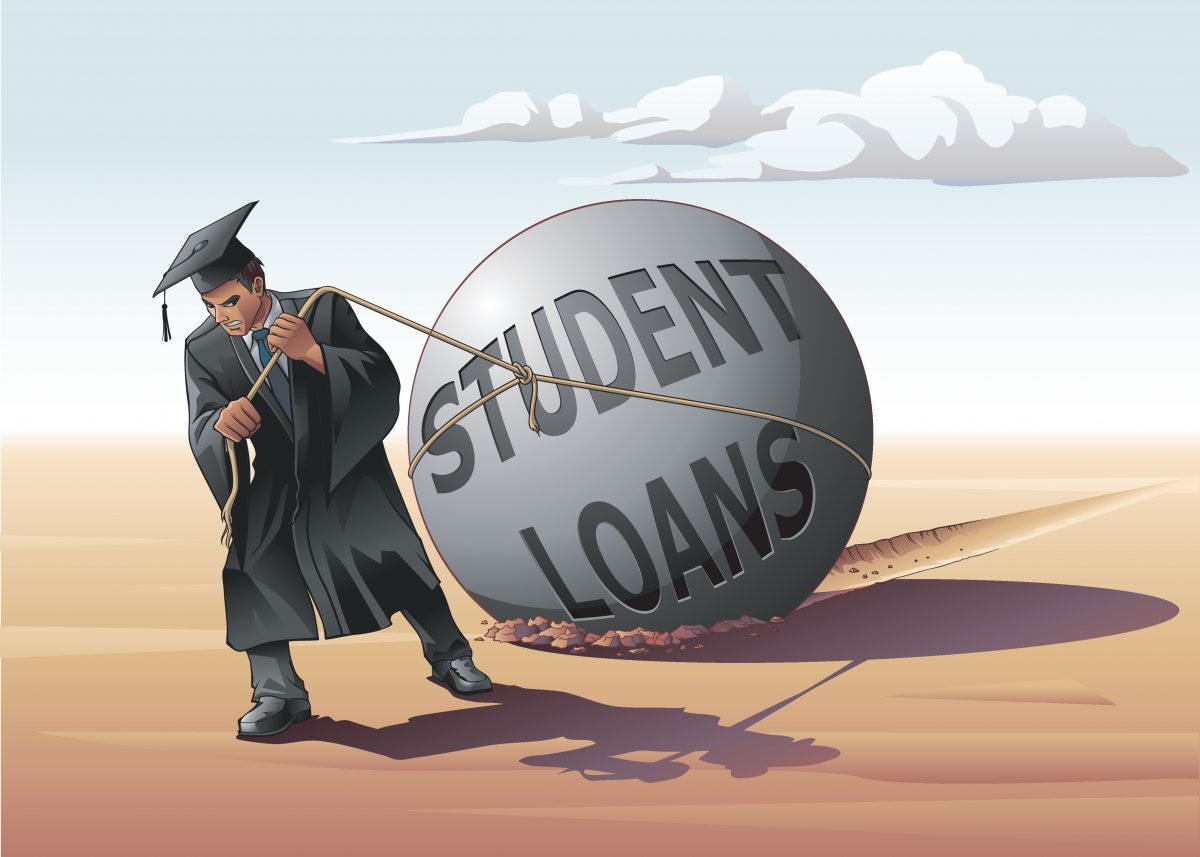Introduction:
As the cost of higher education continues to rise, student loan debt has become a significant burden for many graduates. In response, the government has introduced various student loan forgiveness programs to help alleviate this financial strain. The Student Loan Forgiveness Program for 2024 comes with updated eligibility criteria and a streamlined application process to make it more accessible to borrowers. In this article, we will explore the key aspects of the 2024 program, including who qualifies, the benefits, and how to apply.

Eligibility Criteria for 2024:
1. Employment in Public Service One of the primary eligibility requirements for student loan forgiveness in 2024 is employment in a public service job. This includes roles in government organizations, non-profit organizations, public health services, public education, law enforcement, and more. Borrowers must be employed full-time in a qualifying public service position.
2. Federal Student Loans Only federal student loans are eligible for forgiveness under the 2024 program. This includes Direct Loans, Direct PLUS Loans, and Direct Consolidation Loans. Private loans are not eligible for forgiveness through this program.
3. Repayment Plan Borrowers must be enrolled in an income-driven repayment plan to qualify for loan forgiveness. These plans include Income-Based Repayment (IBR), Pay As You Earn (PAYE), Revised Pay As You Earn (REPAYE), and Income-Contingent Repayment (ICR). These plans adjust monthly payments based on the borrower’s income and family size.
4. 120 Qualifying Payments To be eligible for forgiveness, borrowers must make 120 qualifying monthly payments while working full-time for a qualifying employer. These payments do not need to be consecutive, but they must be made under a qualifying repayment plan after October 1, 2007.
5. Loan Consolidation If you have Federal Family Education Loans (FFEL) or Perkins Loans, you will need to consolidate them into a Direct Consolidation Loan to qualify for the forgiveness program. Only payments made on the Direct Consolidation Loan will count toward the 120 qualifying payments.

How to Apply:
1. Verify Eligibility Before applying, ensure you meet all the eligibility criteria. Confirm your employment qualifies as public service, and check that your loans are eligible federal loans. Make sure you are enrolled in an income-driven repayment plan.
2. Submit the Employment Certification Form Complete and submit the Employment Certification Form (ECF) to verify that your employment qualifies for the forgiveness program. It is recommended to submit this form annually or whenever you change employers to keep your employment status updated.
3. Make Qualifying Payments Ensure you make 120 qualifying payments while working full-time for a qualifying employer. Keep track of your payments and employment history to ensure they meet the program’s requirements.
4. Apply for Loan Forgiveness Once you have made 120 qualifying payments, you can submit the Public Service Loan Forgiveness (PSLF) application. This can be done through your loan servicer. Be sure to provide all necessary documentation and follow the instructions carefully.
5. Await Approval After submitting your application, your loan servicer will review it to determine your eligibility. If approved, the remaining balance on your federal student loans will be forgiven. This process can take several months, so be patient and stay in contact with your loan servicer for updates.
Conclusion:
The Student Loan Forgiveness Program 2024 offers a valuable opportunity for borrowers employed in public service to alleviate their student loan debt. By understanding the eligibility criteria and following the application process, you can take advantage of this program and achieve financial relief. If you meet the qualifications, don’t hesitate to start the process and work towards a debt-free future.
FAQ:
Q1: What types of employment qualify for the Student Loan Forgiveness Program 2024?
A: Qualifying employment includes jobs in government organizations, non-profit organizations, public health services, public education, law enforcement, and other public service roles.
Q2: Which loans are eligible for forgiveness under the 2024 program?
A: Only federal student loans, such as Direct Loans, Direct PLUS Loans, and Direct Consolidation Loans, are eligible for forgiveness. Private loans do not qualify.
Q3: What is an income-driven repayment plan, and why is it required?
A: An income-driven repayment plan adjusts monthly payments based on the borrower’s income and family size. These plans are required to ensure payments are manageable and count toward the 120 qualifying payments needed for forgiveness.
Q4: How many payments must I make to qualify for loan forgiveness?
A: You must make 120 qualifying monthly payments while working full-time for a qualifying employer. These payments do not need to be consecutive.
Q5: Can I consolidate my loans to qualify for the forgiveness program?
A: Yes, if you have Federal Family Education Loans (FFEL) or Perkins Loans, you must consolidate them into a Direct Consolidation Loan for the payments to count toward forgiveness.










